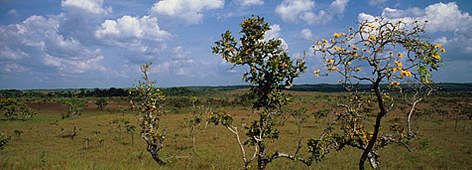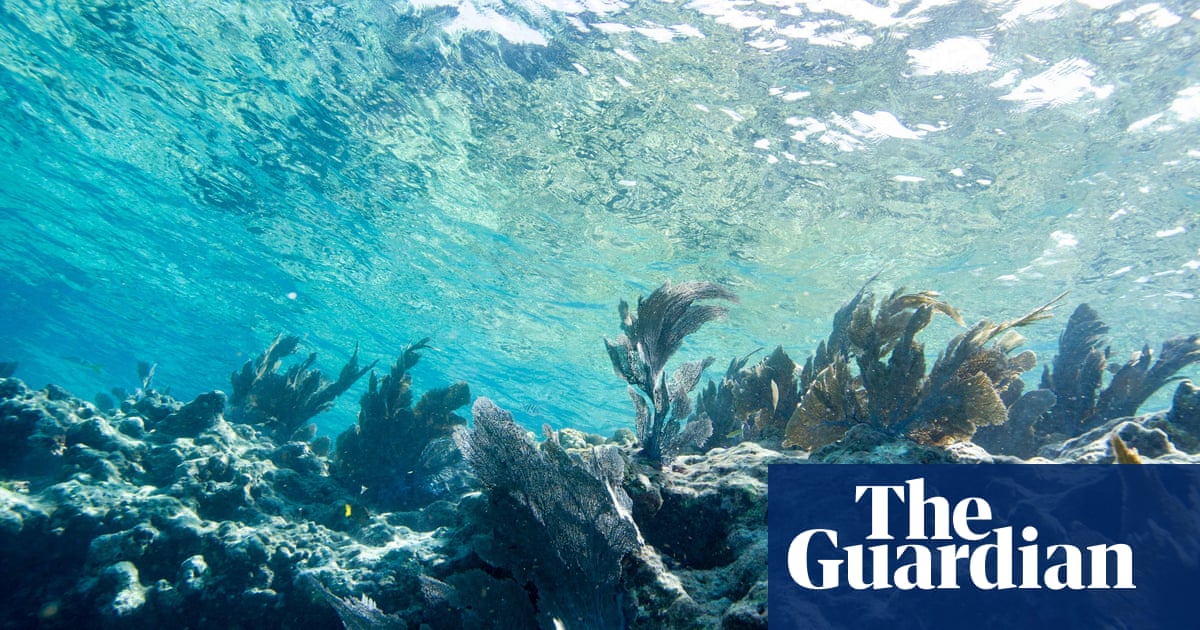In this video 6 tipping points are listed which, if they will be overtaken, could worsen the Climate Change issue in an irreversible way.
I advice all TMC Members to watch the video.
I am listing the 6 tipping points mentioned in the quoted video.
1) Antctartic melting.
Because the ice at the Antctartic is melting the ALBEDO of the Antctartic is lowering, as I explained in my previous posts, and more Energy coming from the Sun is absorbed causing a negative feedback loop which shrinks more and more the ice of the Antctartic.
According to 10 recent studies the tipping point of this negative feedback loop which could melt the Anctartic in an irreversible way is at 1,5 degrees Celsius of Temperature Deviation which is VERY CLOSE to our current situation.
2) AMOC collapse
Since the Antctartic is melting fresh water goes in the Oceans and the salt concentration of the Oceans decreases.
This is a process which could make the AMOC (Atlantic Meridional Overturning Circulation) collapse. In last 50 years the AMOC already decreased 15%. But also a partial collapse of the AMOC could make the water of the Oceans increase 20 to 30 centimeters and cause a Mini Ice Age in Europe.
3) Monsoons worsening
Rise in both land and sea temperatures has increased the capacity of the air to hold moisture for a longer time. Between 1970 and 2004, three extreme flood events occurred per year on average in India, but after 2005, the yearly average rose to 11.

www.eco-business.com
As it is shown in this article Several reports and researches have already established the impact of climate change on Indian monsoon patterns.
The IPCC (Intergovernmental Panel on Climate Change) Report, ‘Weather and Climate Extreme Events in a Changing Climate’ had already warned that summer and monsoon precipitation will also increase and become more frequent, with the Indian subcontinent witnessing a 20 per cent surge in extreme rainfall events.
This will cause serious damages to the Food Chain Supply.
4) Damages to the Amazon rainforest
The Climate Change issue could also affect negatively the Amazon rainforest as is described in the following article.
Climate change in the Amazon

wwf.panda.org
As habitat destruction trends interact with climate change, the concern is that the Amazon will be caught up in a set of “feedback loops” that could dramatically speed up the pace of forest lost and degradation and bring the Amazon rainforest to a point of no return. This threshold, also referred to as a tipping point, may occur when Amazonian forests die and are progressively replaced by fireprone brush and savanna (ecological tipping point), and rainfall is inhibited on a regional scale.
5) Permafrost melting
The amount of carbon which is stored in permafrost as Methane and Carbon Dioxide is HUGE and if permafrost thawed it could add something like 0.3 degrees Celsius to Current Global Warming.
6) Coral reef bleaching
Because of the Ocean Acidification issue not only an acid is produced, increasing this way the acidity of Oceans, but also Calcium Carbonate decreases.
Corals are marine organisms that create their own skeletons and shells from calcium carbonate. When carbon dioxide increases in the ocean water, calcium carbonate decreases, which has resulted in corals and similar organisms having difficulties creating their skeletons. While most of the negative effects of ocean acidification affect shelled organisms, all marine life is negatively affected by this process. All species require time to adjust to new pH levels in the water. However, carbon dioxide is reaching ocean water at a very fast rate, which doesn’t provide marine life with enough time to adapt to the changes in the water.
As for humans, ocean acidification affects the food that we eat by damaging the ability for shelled organisms to create their shells in the first place. The damage that acidification does to coral reefs is also problematic because of the role that these reefs play in medicine, tourism, food, and coastal protection. At the moment, ocean acidification is an emerging problem around the globe that will continue to have negative impacts on the ocean unless substantial measures are taken.













